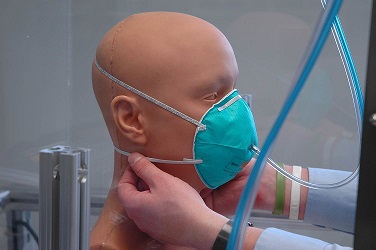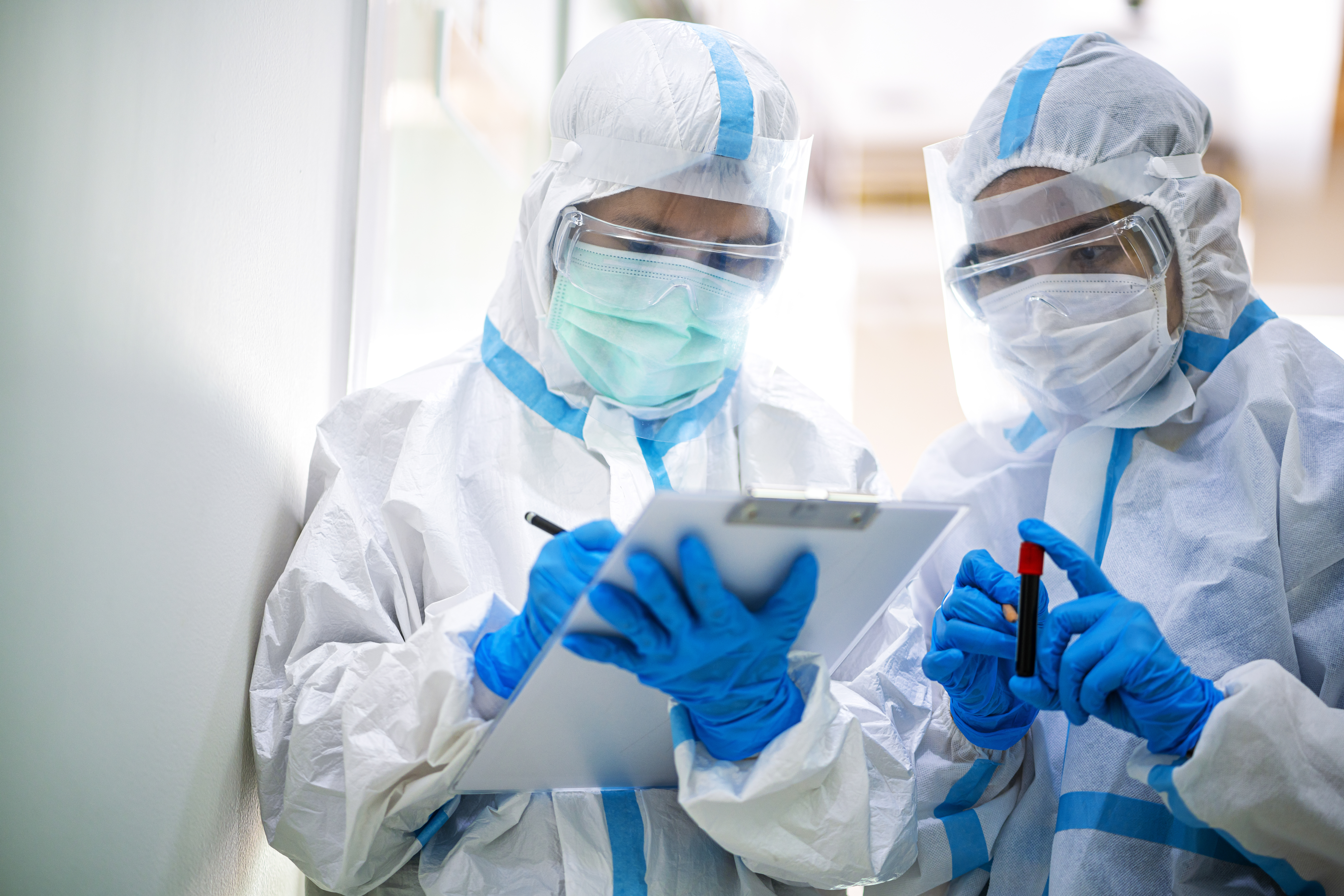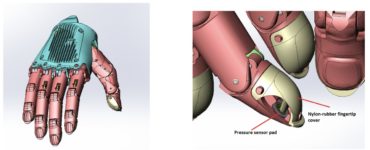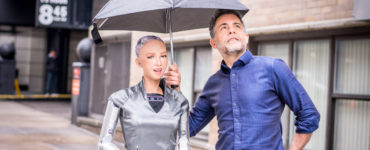The Importance of Testing Respirators
Millions of healthcare workers worldwide wear respirators to protect themselves and others from respiratory diseases while treating patients. Respirators help filter virus particles, so healthcare providers are less likely to get sick themselves and spread the infection to their family or their patients. Masks, such as N95 respirators, are a well-established, essential tool on the front lines of the current COVID-19 global pandemic.
This essential personal protective equipment (PPE) is rigorously tested before releasing commercially to ensure it safely protects humans from contagious viruses or dangerous chemicals. Long before masks go into use on the front lines, researchers must run experiments to evaluate and select only the most effective mask designs.
Masks require tests for proper fit and design to prevent air leakage through the filter itself or around the face seal. While some tests can be conducted using human subjects, it is important to be able to test with a mannequin substitute in the presence of dangerous chemicals or live biological aerosols such as influenza or coronavirus. However, hard plastic mannequins don’t create a proper seal between the mask and the face, and they don’t incorporate facial movements, so they make very poor substitutes for human test subjects.
Long before COVID-19 changed our world, in 2013, David Hanson and the Hanson Robotics’ team partnered up with the National Institute for Occupational Safety and Health (NIOSH) and the Air Force Research Laboratory to create a robotic head capable of accurately testing respirator effectiveness. This robotic head form, nicknamed “Mabel,” has the Hanson Robotics’ patented skin called Frubber™ (the same composite material we use for Sophia the Robot’ skin) and has the capability of replicating facial movements to mimic human speech and facial expressions.

To design Mabel, Hanson Robotics used NIOSH’s facial dataset of 3,997 people, one- quarter of which had exact facial measurements taken with a laser scanner. Hanson Robotics also programmed Mabel to say a string of words that recreates every possible movement of the human mouth. This allows researchers to understand how respirators fit in real-life scenarios, where faces need to move and speak.
Is Mabel a male or female head form? According to David Hanson:
While named Mabel, the head form is a statistically averaged androgyne; half male and half female. NIOSH uses the Mabel face form as one of their regulated standards. They gave us the 3D file, which we used to make the robot.
Frubber™ Makes All the Difference
The researchers at NIOSH observed that Mabel’s skin more closely resembled human skin than the other materials previously tested.
Frubber™ flexes in a similar way to human skin and requires a similar amount of force to stretch it. Frubber™ is also porous, so it compresses in much the same way as human skin would. Mabel’s skin also has different thicknesses in different areas, mimicking the distribution of a human’s facial skin.
A study by Bergman et al. (2014) also compared respirator fit between Mabel and ten (10) human test subjects, across eight (8) different mask models and sizes. They found there was a positive correlation of respirator fit between the Mabel head form and the human test subjects, not previously discovered in previous studies of plastic head forms. In other words, the researchers found that Mabel was an effective way to approximate respirator fit for a human.
The option to test on a robotic head form where it is not practical or safe to test on a human subject allows researchers much more freedom to quickly test new designs. This flexibility and speed is especially important now as COVID-19 is rapidly changing the status quo not only in healthcare and workplace settings but also in our daily lives. This is just one of many instances where robots can work alongside humans to help people in their work and also improve their safety.
From our family at Hanson Robotics to yours, we wish for all of you to stay healthy and safe.
The Hanson Robotics Team
Photo and Video Credits: NIOSH National Institute for Occupational Safety and Health), Air Force Research Laboratory





Recent Comments